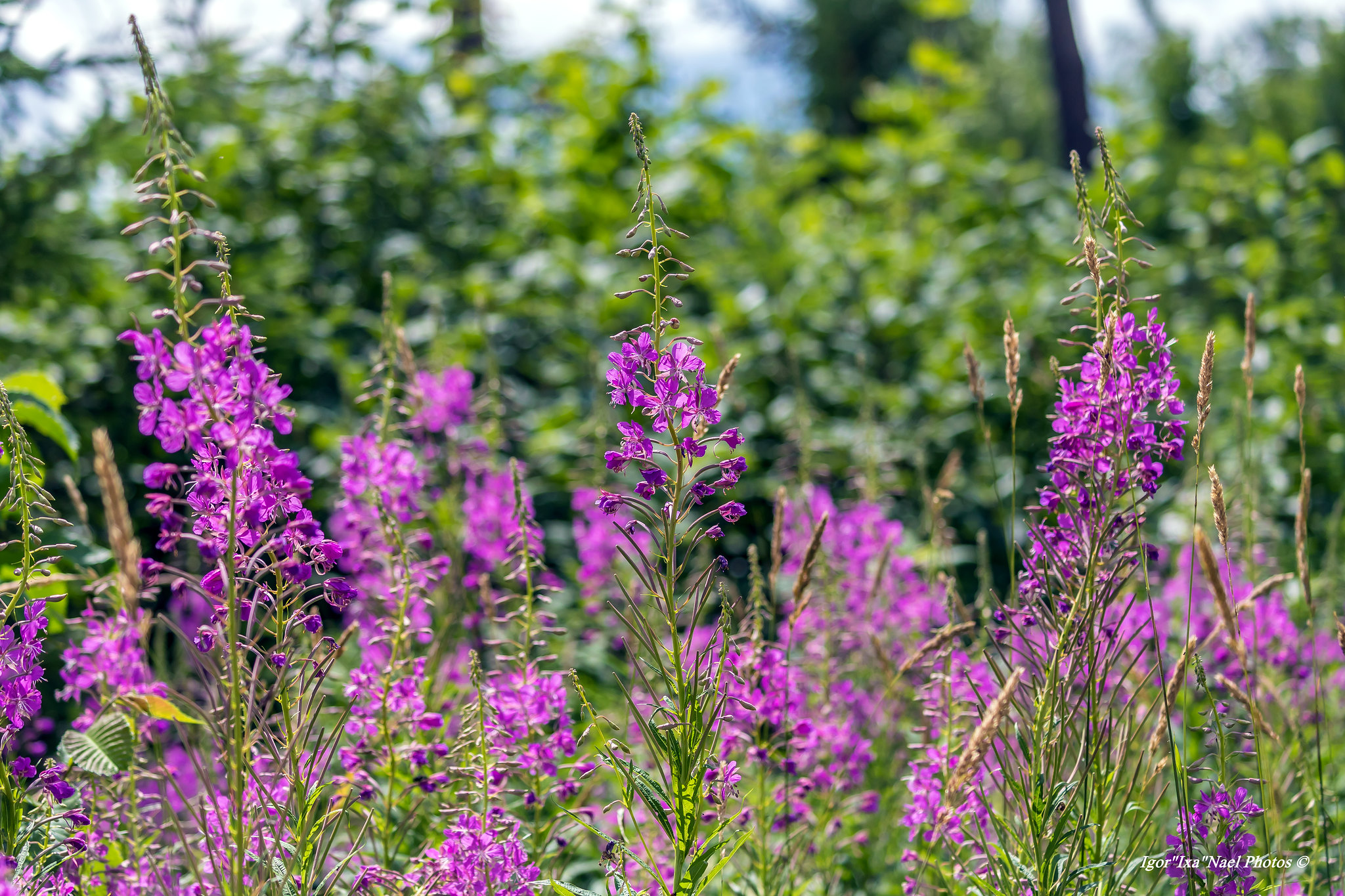There is probably no disease that people have not treated with plants
Plants have been used to treat diseases for thousands of years. Reading folklore, it becomes clear that the old Estonians used medicinal plants to treat all kinds of diseases and conditions. The inner power of plants was expected to help with alcoholism, freckles, fright, epilepsy, nightmares, as well as cancer and smallpox [1]. Nature was the only pharmacy at that time. Although the relationship of modern humans with nature is no longer as close and people’s knowledge of plants is not as good as a century ago, medicinal plants are still increasingly used to alleviate the symptoms of diseases or, like our ancestors, to ‘cure’ conditions where plants cannot actually help (e.g. to drive away poverty or a curse).

Medicinal plants are plants that contain health-enhancing compounds and are used either as a pharmaceutical or for the production of pharmaceuticals. Today, about 40% of the pharmaceuticals used are of herbal origin or contain herbal active substances. In addition to the pharmaceutical industry, medicinal plants are also a raw material for cosmetic products (e.g. the popular Puhas Loodus (Pure Nature) series). In addition to economic benefits, medicinal plants play an even greater role in modern social life. Collecting medicinal plants gives people the opportunity to visit nature more. It supports stronger family relationships, a nature-friendly lifestyle, and teaches people to appreciate the environment. By encouraging people to collect medicinal plants in their households, we value the old traditions of Estonians and their respect for nature.
When picking plants, it is necessary to follow certain rules to avoid doing harm to people or nature:
- you can only pick the medicinal plants you recognise – if you are in doubt, it is better not to pick it;
- you should always only pick the part of the plant that you need and choose the best time to do the picking;
- you should make sure to choose picking spots that are not contaminated;
- you should always leave some of the plants at the place of harvest so that the species would not disappear from that site;
- protected species may not be harvested.
After picking, the plants must be dried and cleaned – the drying room must be dust-free and ventilated. The plants are dried on paper or cardboard or in a wooden box. You should not use paper with printed text from where toxic printing ink could be released [2].
Today, enough literature on medicinal plants has been published to fill a dozen shelves. There is also a lot of information on the Internet on this. Unfortunately, the reliability of the material fluctuates, so it is recommended to use literature authored by experts in their field (like Aili Paju) [3]. From the books published in recent years, the books of Ain Raal and his co-authors can be recommended [4]. On the Internet, pharmacologically checked information should be preferred, for example, on the kliinik.ee website. An interesting source is also the ethnobotanical database, which hosts the folklore and wisdom of the ancient peoples about medicinal plants. However, the compilers of the database warn against the use of such data because the treatments listed there are not scientifically proven.
Last modified: 13.01.2022
___________________________________________________________________________________
[1] Rahvapärimuse ülevaade haigustest
[3] A. Paju. Ravimtaimed looduses ja apteegis. Tallinn: Agitaator, 2008.
[4] A. Raal jt. Eesti ravimtaimed. Tallinn: Varrak, 2018; A. Raal, K. Vilbaste. Eesti ravimtaimed 2. Tallinn: Varrak, 2019; A. Raal. Maailma ravimtaimede entsüklopeedia. Tallinn: Eesti Entsüklopeediakirjastus, 2010.